Double or drop: is faster 4G the answer?
Faster speeds alone won't be enough to tempt business users to switch to 4G.
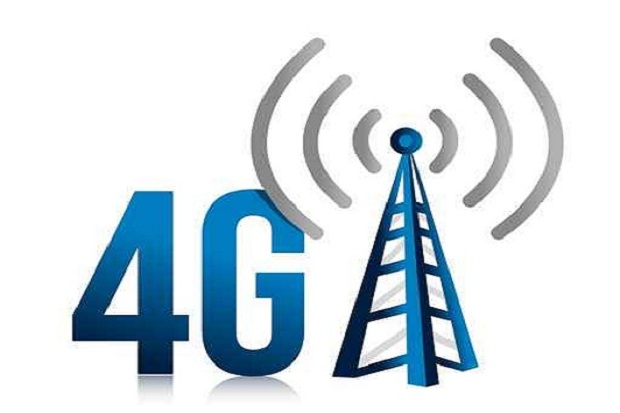
Inside the Enterprise: According to mobile network operator EE some of its subscribers could soon enjoy data download speeds of up to 150Mbps. And this is not over fibre, but its 4G mobile network.
Even under less ideal conditions, EE says it is able to double speeds, to between 24 and 30 Mbps. These are still speeds that are twice as fast as a good, fixed broadband connection and way in excess of what anyone outside a lab could have envisaged just a few years ago.
This will certainly give a boost to mobile workers using complex business applications, or anyone who needs to move larger files around when they are on the move.
IT directors may be reluctant to roll out 4G devices, let alone deploy services that depend on 4G connections, until LTE coverage is close to universal, at least in urban areas.
EE points to HD video sharing as one driver for faster networks, but there are plenty of other areas where there is demand for nippier data transfer rates. Nikon's D800 camera, for example, happily creates 36MB files just for stills.
Even camera phone images are heading into the 10MB plus territory. There are plenty of business reasons for taking high-resolution images and there are plenty of business reasons for moving large volumes of data around, in order to perform real-time analytics.
But so far, take up of 4G has not been all that rapid. EE claims about 500,000 users on 4G, but that is still a fraction of the company's 13.7 million subscriber base, which also includes its Orange and T-Mobile brands.
Cost is certainly an issue. As the first mover in the market, EE had the chance to charge a premium, and this, combined with the need for subscribers to buy new phones, has held adoption back.
Sign up today and you will receive a free copy of our Future Focus 2025 report - the leading guidance on AI, cybersecurity and other IT challenges as per 700+ senior executives
But for business users, a greater barrier may well be that they are tied into, or are loyal to, other operators. Orange and T-Mobile subscribers can move to EE on favourable terms, but O2, 3, or Vodafone users would have to buy themselves out of their contracts. Many, clearly, prefer to bide their time, until their own networks roll out 4G.
The move to faster networks will happen though, not least because the 3G networks are increasingly congested. It is actually in the operators' interests to move heavy data users from 3G where many, especially SME and corporate users have unlimited data allowances. The "spectrum efficiency" of 4G's LTE technology over 3G's UMTS should reduce the operators' costs per megabyte.
The other issue, though, remains coverage. IT directors may be reluctant to roll out 4G devices, let alone deploy services that depend on 4G connections, until LTE coverage is close to universal, at least in urban areas.
And, until Vodafone, O2 and 3 switch on 4G, we won't really know how well the networks handle a handover from 4G to 3G coverage. This might not matter too much for email, or even watching YouTube videos, but it really does matter for data-hungry enterprise applications.
That, though, is also a good argument for testing applications on 4G, and with network coverage expanding, now is probably a good time to invest in some 4G kit, and hit the road. Who knows, the sun might even shine too
Stephen Pritchard is a contributing editor at IT Pro.
-
 Can enterprises transform through startup theory?
Can enterprises transform through startup theory?In-depth For big corporations, the flexibility, adaptability, and speed of a startup or scale-up is often the total opposite of what’s possible within their own operations
-
 AI is creating more software flaws – and they're getting worse
AI is creating more software flaws – and they're getting worseNews A CodeRabbit study compared pull requests with AI and without, finding AI is fast but highly error prone
-
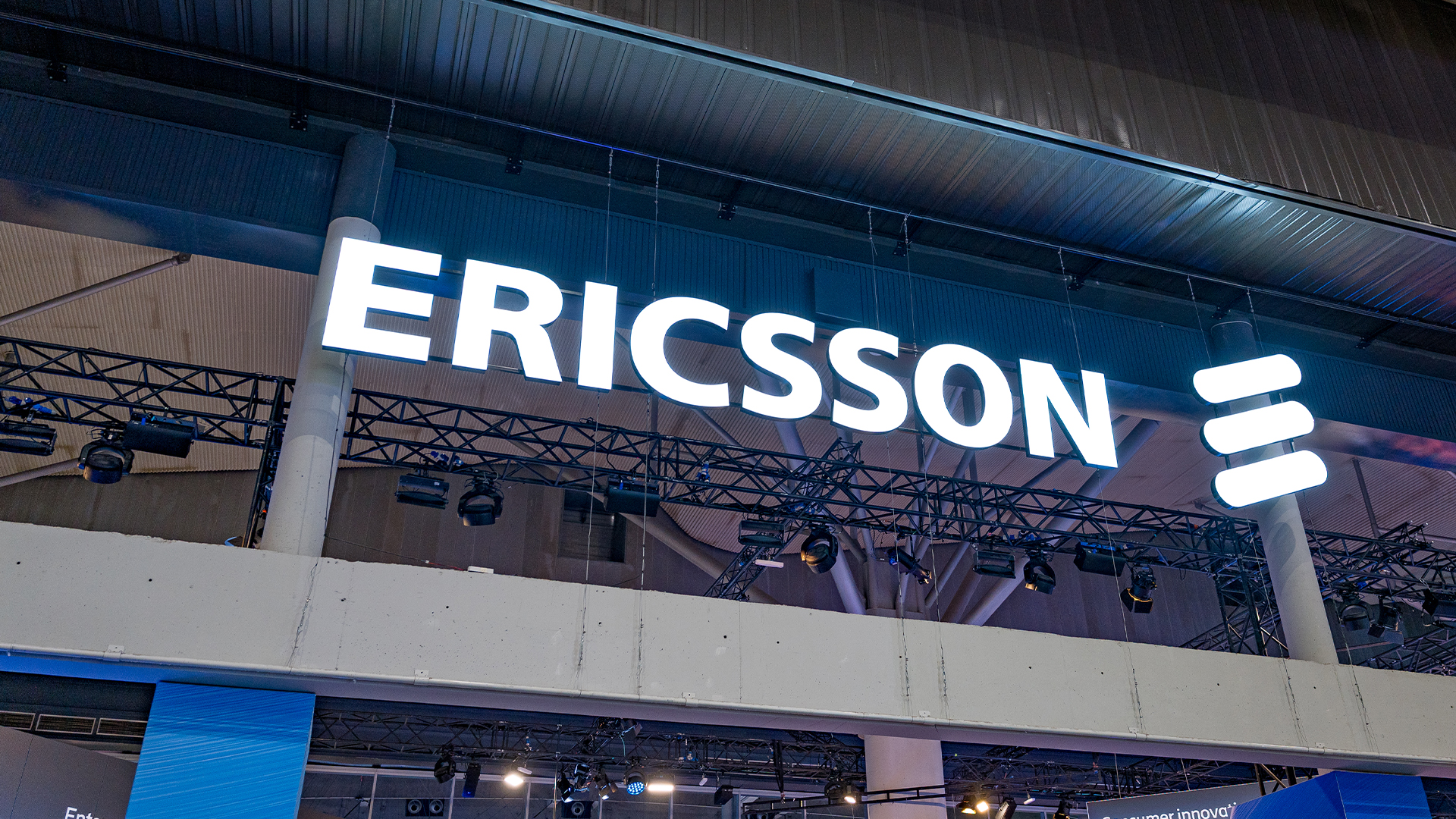 Three and Ericsson just launched a first-of-its-kind managed 5G service for businesses
Three and Ericsson just launched a first-of-its-kind managed 5G service for businessesNews The new 5G service looks to supercharge business connectivity across Ireland
-
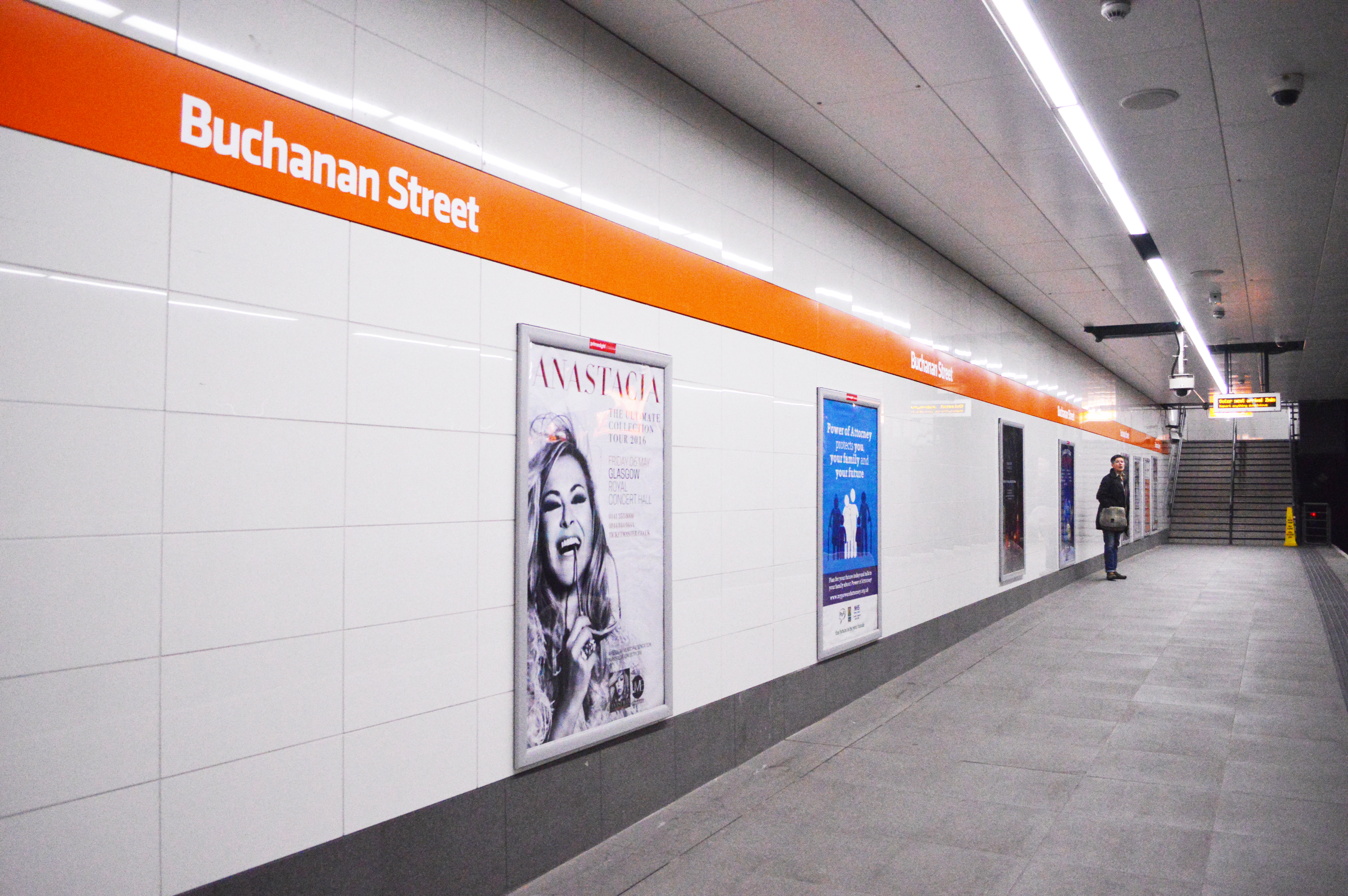 EE rolls out 4G across Glasgow's underground network
EE rolls out 4G across Glasgow's underground networkNews The network is currently restricted to EE customers but is likely to expand in the near future
-
 Nokia and NASA join forces to bring 4G to the moon
Nokia and NASA join forces to bring 4G to the moonNews Cellular service will provide the communications needed for meaningful moon exploration
-
 Birmingham crowned the fastest UK city for 4G download speeds
Birmingham crowned the fastest UK city for 4G download speedsNews While Birmingham also recorded the highest speed hike over 2019, London came in at a middling 9th place
-
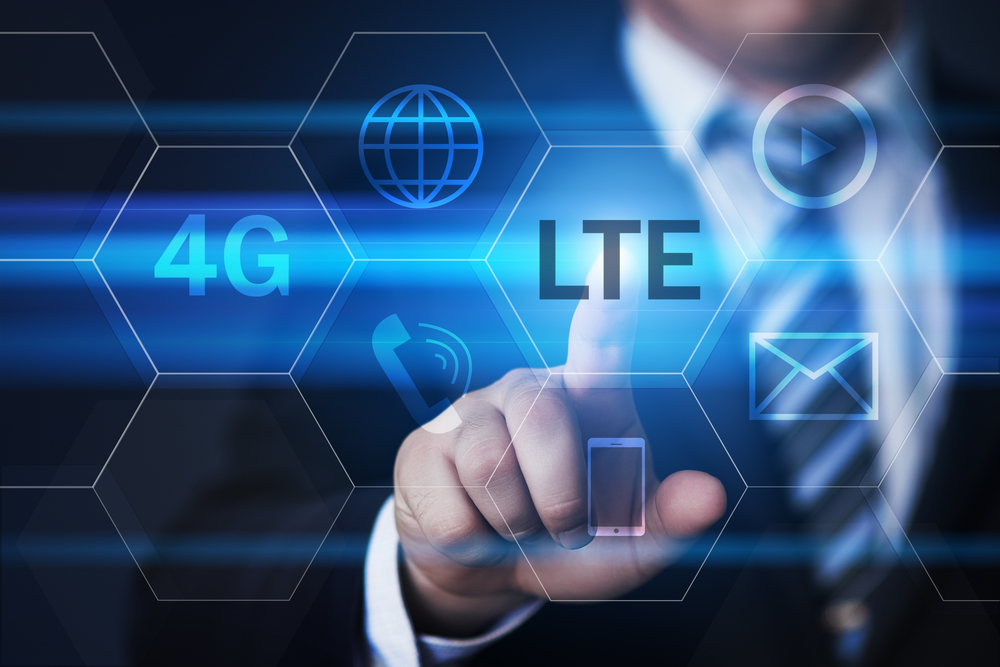 LTE vs 4G: Which is better?
LTE vs 4G: Which is better?In-depth Comparing LTE vs 4G has become common in recent years, but how exactly do they differ, and is 4G faster?
-
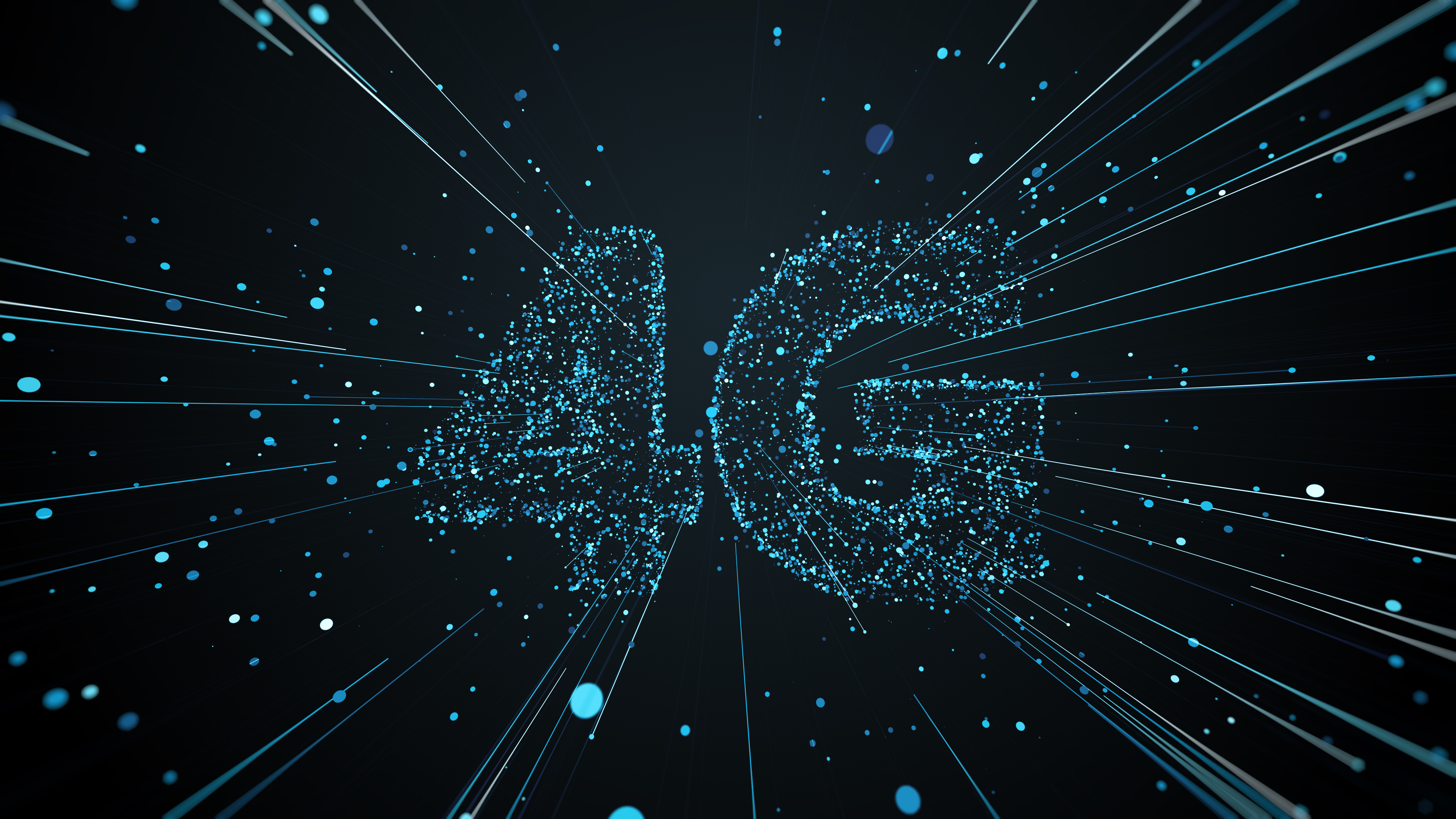 What is 4G?
What is 4G?In-depth A look at the fourth generation of mobile networking technology and its availability in the UK
-
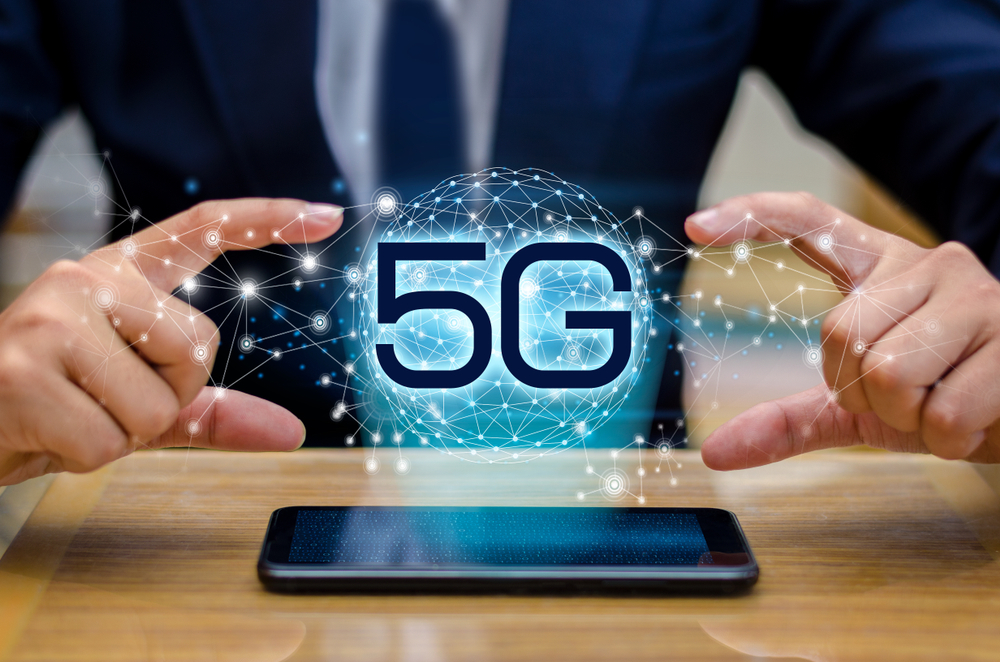 4G vs 5G - what's the difference?
4G vs 5G - what's the difference?Vs From 3G to 4G, mobile connectivity has revolutionised our lives. Now 5G is set to do it again
-
 The best 4G network
The best 4G networkIn-depth Every mobile provider offers 4G contracts, but which one is the best for you?